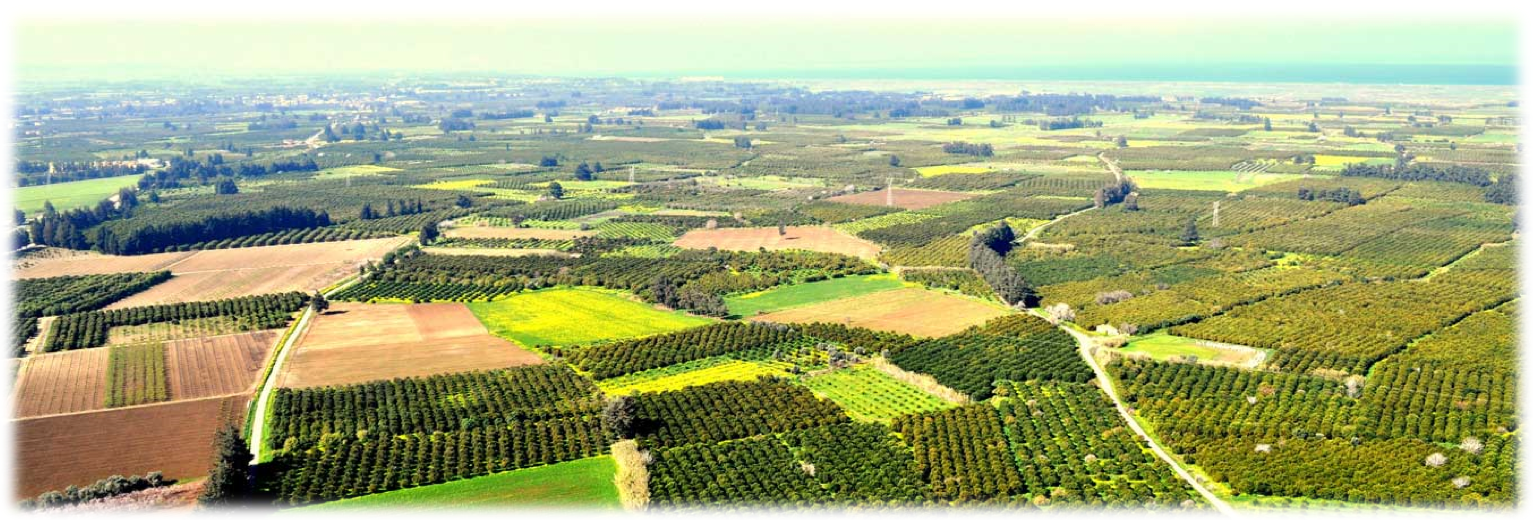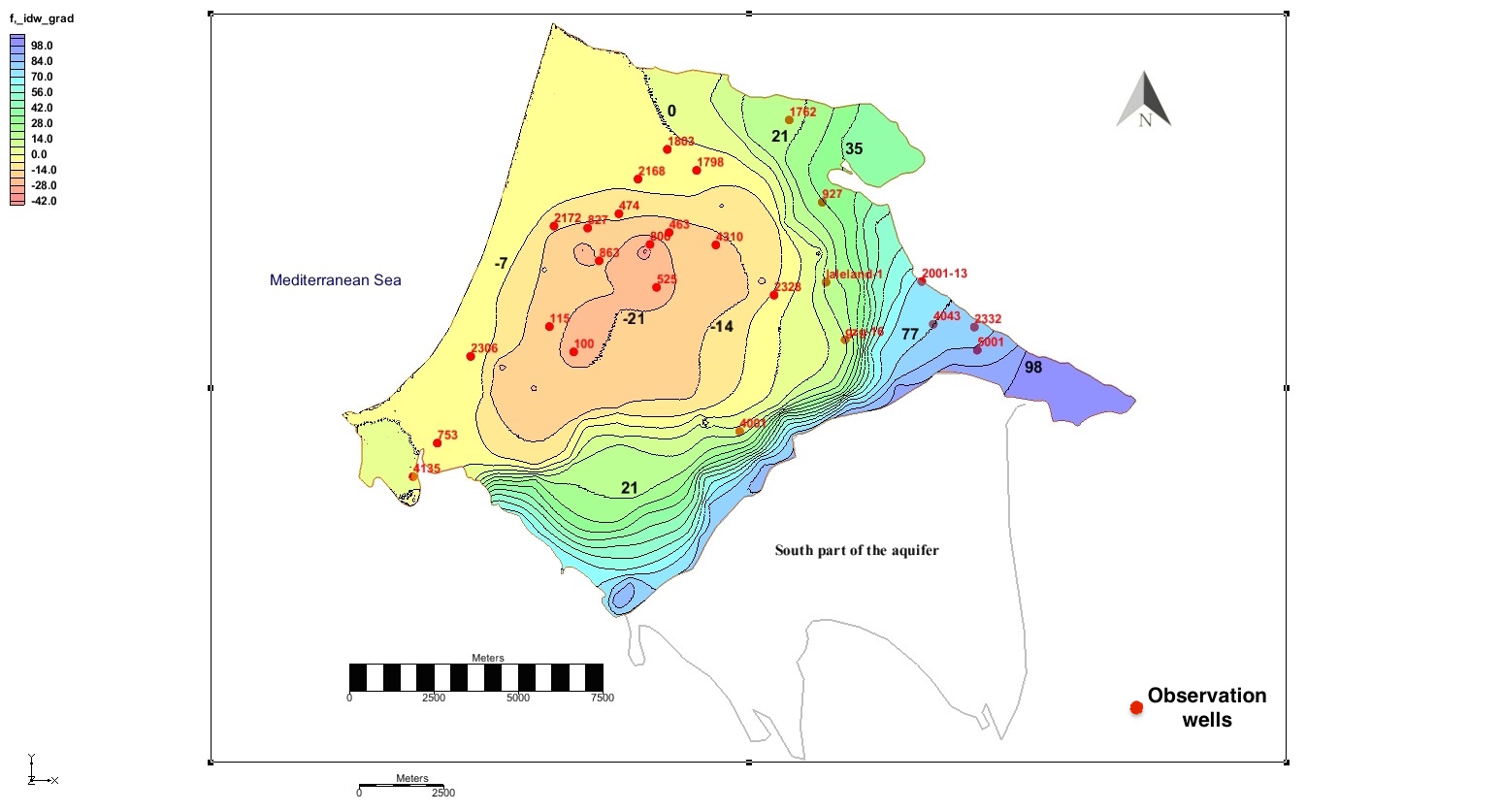Related journal article:
Demir, C., Fanta, D., Akıntuğ, B., Ünlü, K. Modeling coastal Güzelyurt (Morphou) aquifer in northern Cyprus for mitigation of groundwater depletion through managed aquifer recharge. Sustain. Water Resources Management 8, 96 (2022). doi:10.1007/s40899-022-00683-4

ABSTRACT
Güzelyurt coastal aquifer is the most important, at the same time the largest drinking, municipal, and irrigational water resource in Northern Cyprus. However, the aquifer has exceeded its safe yield capacity due to excessive and uncontrolled pumping over the years and the water quality has been seriously degraded due to saltwater intrusion.

The “TRNC Water Supply Project”, completed in June 2016, annually supplies about 75 MCM of water via pipeline under Mediterranean Sea from Alaköprü Dam in Anamur by Turkish Republic to solve the water shortage problem in Northern Cyprus. About 38 MCM/year of water out of the total transfer has been allocated to domestic water demand. The remaining 37 MCM/year planned to be used for irrigation can potentially be used to artificially recharge the aquifer and in turn, the deteriorated water budget of the aquifer can be reestablished in the mid- and long-term.
The objective of this study is to predict the hydraulic behavior of the aquifer under predefined stress and recharge scenarios regarding the water usage. For this purpose, the 3-D detailed conceptual and numerical simulation models of Güzelyurt Aquifer have been developed using system modeling approach integrated with today’s modern technologies of Geographical Information Systems (GIS) and numerical simulation techniques. The available geologic, hydrologic and hydrogeological data provided by Geology and Mining Department (G&MD) of Turkish Republic of Northern Cyprus and collected from previously published field reports have been used in model development process.The developed numerical model has been first calibrated under steady-state and transient conditions.

The calibrated model was run for simulations of three different scenarios involving rehabilitation of the deteriorated water balance of the aquifer. In the initial scenario, the aquifer has been simulated under the conditions of no pumping for irrigation. In the second and the last scenarios, in addition to no-pumping conditions of the first scenario, 28 MCM/year of the water from the project was artificially fed to the aquifer from the Güzelyurt Dam and the Dam and injection wells combined, respectively. In all three scenarios, the depression zone has disappeared and the “zero” head contour has approximated to the coast after average of 12 years, in all three cases. Moreover, it has been found that at least 76% of the water allocated for irrigation should be used for artificial recharge to obtain an effective aquifer recovery. However, although more than half of the water coming for irrigation is used for this purpose, the aquifer has not returned to its natural conditions in the near future based on the simulated years. The earliest natural state was achieved in 48 years by the recharge method with the combination of injection wells and dam. Therefore, this option has been the most effective method.
